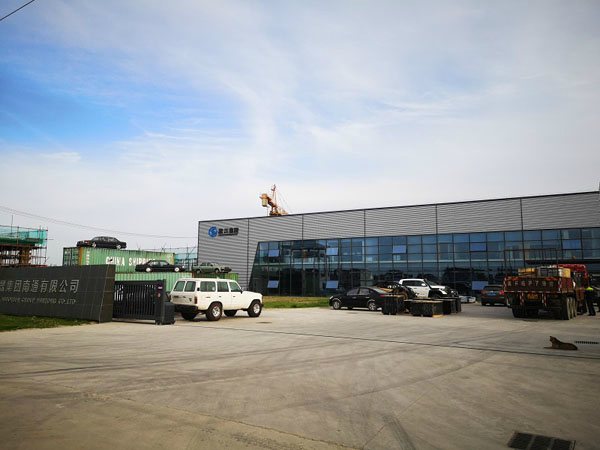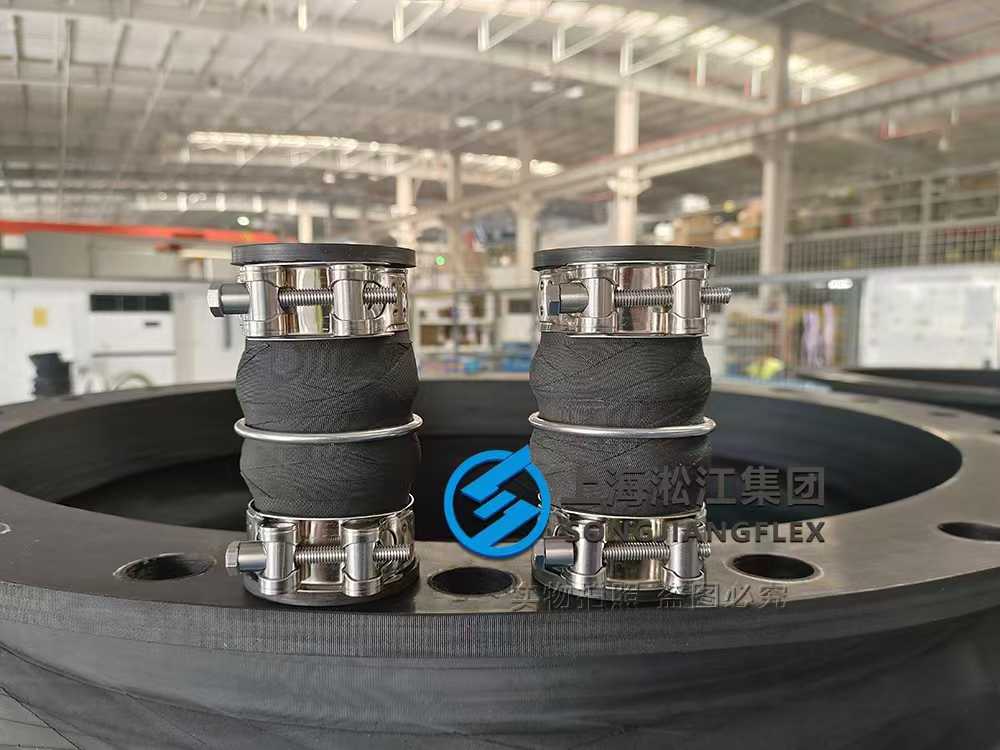Rubber expansion joints play a critical role in protecting piping systems from damage caused by movement, vibration, and misalignment. Without them, pipes could suffer from stress, leading to costly repairs and system downtime. By understanding their function and the correct selection, you can prevent these issues and enhance the longevity of your piping system.
A rubber expansion joint absorbs movement, reduces vibration, and compensates for misalignment in pipes. It’s essential in ensuring the safety and longevity of pipeline systems, particularly in industries like construction, water treatment, and oil refineries.
Let’s explore how rubber expansion joints work and why they’re crucial for your systems.
What is a rubber expansion joint?
A rubber expansion joint is a flexible connector installed in piping systems to absorb vibration, accommodate thermal expansion, and reduce noise. It is typically made from elastomeric materials such as EPDM, neoprene, or nitrile rubber. General rubber expansion joints are commonly used across various industries due to their versatility and performance.
Rubber expansion joints help reduce noise, absorb thermal movement, and handle vibration in piping systems. They’re widely used in industries like construction, water treatment, and oil refineries.
Rubber expansion joints typically consist of elastomeric materials that provide flexibility, allowing them to absorb forces that could otherwise damage the pipe system. General rubber expansion joints are available in a variety of materials to suit different applications.
What is the difference between metal expansion joint and rubber expansion joint?
Metal and rubber expansion joints both serve the same primary purpose: to absorb movement and accommodate changes in piping systems. However, they differ significantly in their materials and applications.
Rubber expansion joints are more flexible, absorb more vibration, and are corrosion-resistant, making them ideal for systems that handle corrosive substances or require flexibility. Metal expansion joints, on the other hand, are better suited for high-pressure, high-temperature environments, such as power plants, where durability under extreme conditions is critical.
Rubber expansion joints are often preferred in systems handling corrosive materials or where flexibility is required. Metal expansion joints, made of steel or other alloys, are typically used in extreme temperature and pressure environments, such as power plants.
What is the purpose of a rubber expansion joint?
The primary purpose of a rubber expansion joint is to absorb thermal expansion and contraction in pipes, preventing damage due to these movements. They also reduce vibration and noise, ensuring a smoother operation of the system.
Rubber expansion joints protect piping systems from damage caused by temperature changes, vibration, and movement. They ensure the stability and efficiency of the system.
By providing flexibility, these joints reduce stress on pipelines, pumps, and equipment. Rubber expansion joint dimensions are critical for ensuring proper fit and performance within specific systems.
How long do rubber expansion joints last?
The lifespan of a rubber expansion joint depends on factors such as operating conditions, materials used, and maintenance practices. In optimal conditions, rubber expansion joints can last anywhere from 5 to 20 years.
Rubber expansion joints can last anywhere from 5 to 20 years, depending on environmental conditions and regular inspection.
Harsh operating conditions, such as high temperatures, exposure to chemicals, or frequent pressure changes, can reduce the lifespan of rubber expansion joints. Regular maintenance and inspections can help identify wear and prolong their life.
Do rubber expansion joints need gaskets?
Whether or not gaskets are required for rubber expansion joints depends on the installation requirements and the type of pipe connection. Most rubber expansion joints come with integrated sealing surfaces, eliminating the need for separate gaskets. However, in some situations, gaskets might be used for extra sealing protection.
Most rubber expansion joints come with integrated sealing surfaces, so separate gaskets may not be necessary. However, in some cases, gaskets might be used for extra protection.
Gaskets can offer additional protection against leaks, especially in high-pressure systems or where there are concerns about imperfect seals. It’s important to ensure proper alignment during installation to avoid damaging the joint or reducing its effectiveness.
What happens when expansion joints fail?
Expansion joint failure can lead to significant damage to piping systems, resulting in costly repairs, leaks, and system shutdowns. Failure typically occurs due to material degradation, wear, or incorrect installation.
When an expansion joint fails, it can cause leaks, pipe misalignment, or even system shutdowns. Regular inspections and timely replacement are crucial to prevent failures.
Common signs of failure include visible cracks, material degradation, and excessive wear. To avoid critical system failures, it’s important to replace or repair damaged joints immediately. Preventative maintenance can help catch early signs of failure and reduce operational disruptions.
How often do you need to replace expansion joints?
The replacement frequency of expansion joints depends on their operating environment and maintenance schedule. Generally, it is recommended that expansion joints be inspected yearly and replaced every 5 to 10 years, depending on the conditions they are exposed to.
On average, expansion joints should be inspected yearly and replaced every 5-10 years, depending on usage conditions. More frequent replacements may be needed in harsher environments.
Frequent exposure to temperature fluctuations, chemical corrosion, and high-pressure environments can shorten the lifespan of an expansion joint. Monitoring joint performance during regular maintenance is essential for ensuring continued system reliability.
What is the price of rubber expansion joints?
Rubber expansion joint price varies based on size, material, and the specific application requirements. Custom-made joints typically cost more due to specific material or design needs. It is essential to choose the right expansion joint according to the system’s pressure and environmental factors to ensure durability and cost-efficiency.
The price of rubber expansion joints depends on factors such as dimensions, pressure ratings, and special material needs. Customized joints often cost more due to specific material or design needs.
Different suppliers may offer varying prices for rubber expansion joints, depending on the scale of production and the region of supply. Checking multiple sources and understanding the application needs can help in choosing the most cost-effective solution. Rubber expansion joint price should be considered along with performance and lifespan to ensure optimal system performance.
Summary:
Rubber expansion joints are essential for protecting piping systems from damage caused by vibration, misalignment, and thermal expansion. Correct dimensions, regular maintenance, and proper installation ensure long-lasting performance.
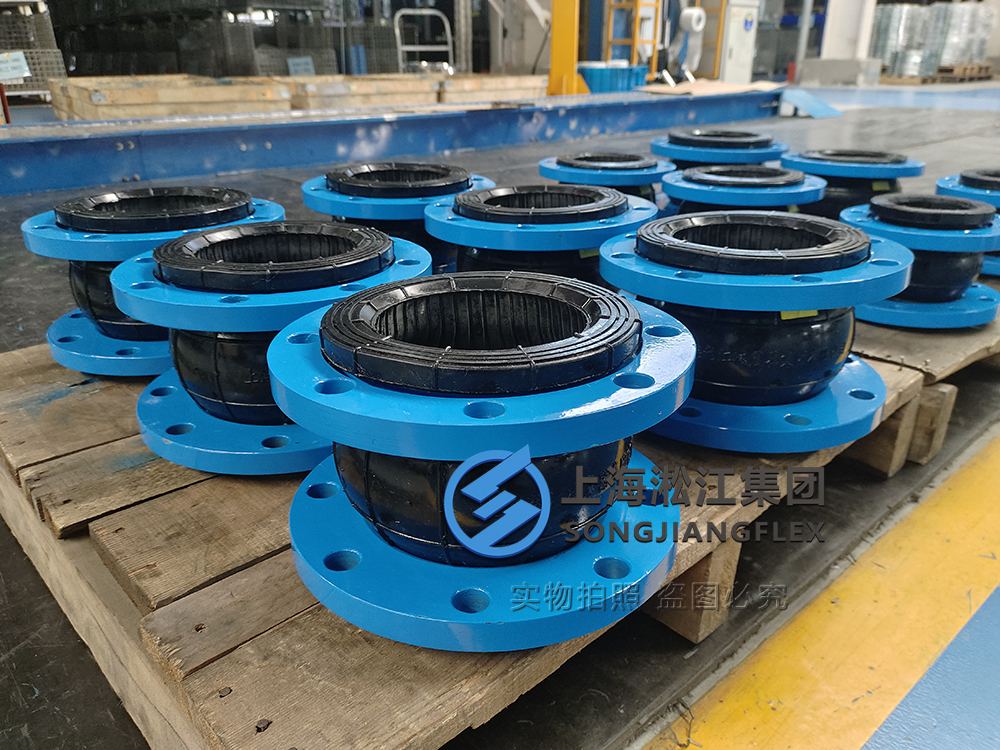
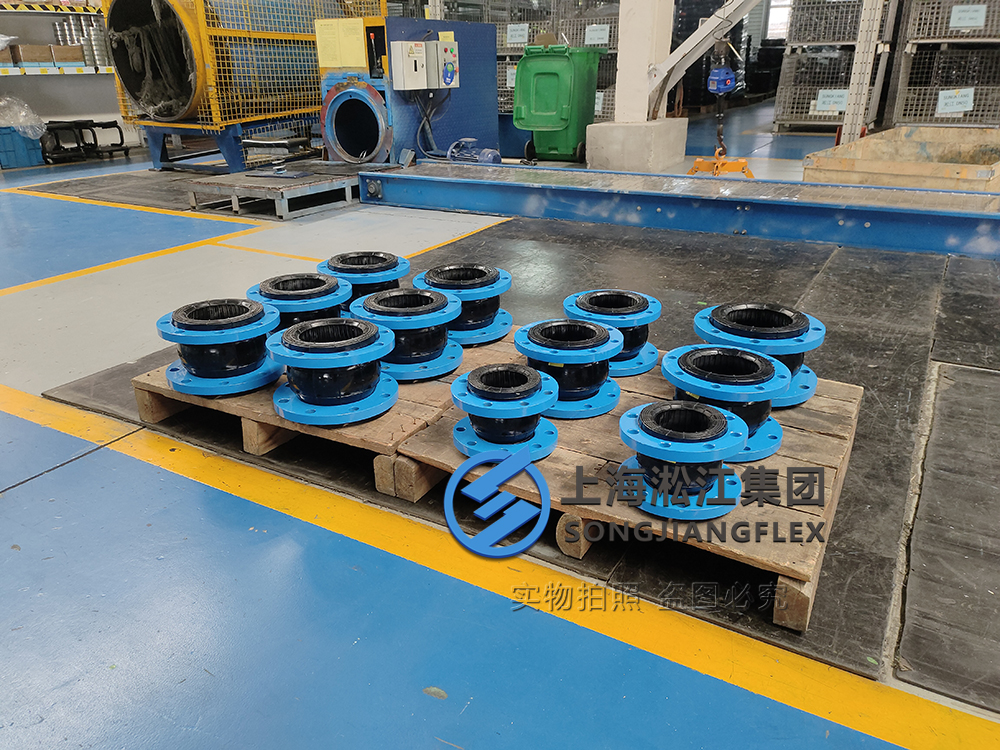
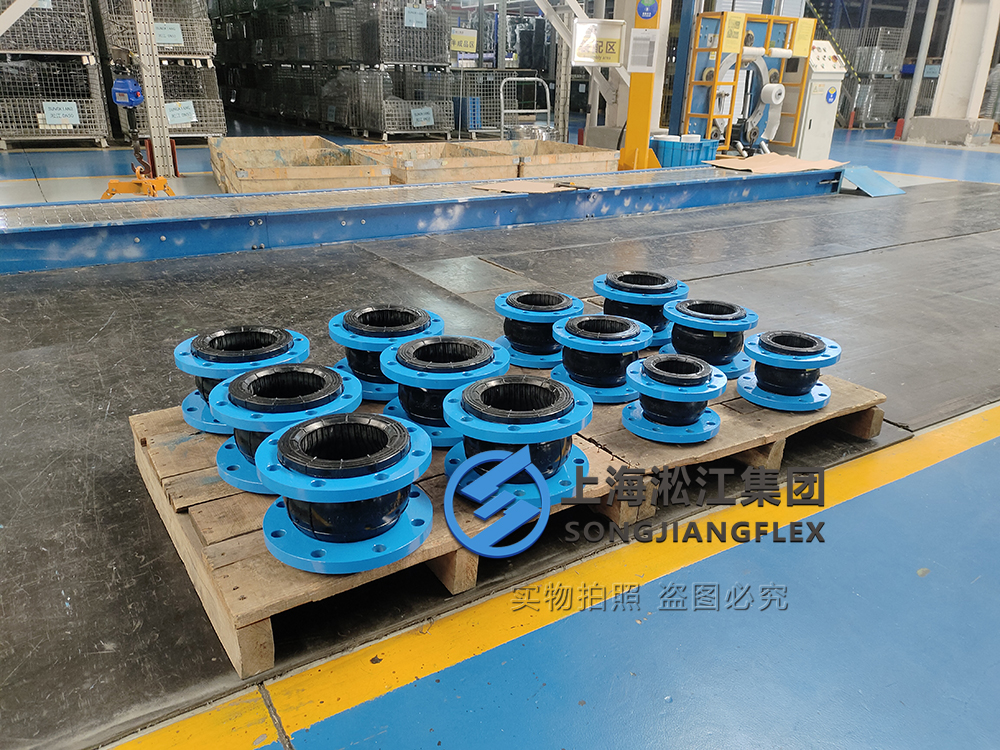
If the original article is reprinted, please indicate the link of this article:https://www.pipeline-expansion-joint.com/what-is-a-rubber-expansion-joint.html

![[JIS] Pipeline Expansion Joint “Fully Automatic Production”](https://pipeline-expansion-joint.com/wp-content/uploads/2022/05/JIS-Pipeline-Expansion-Joint-Fully-Automatic-Production-1.jpg)
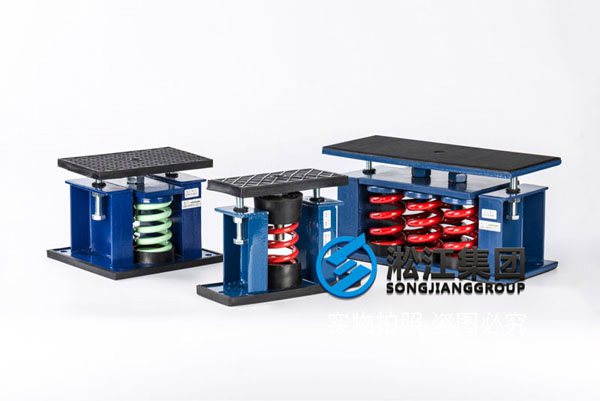
![[DIN] Pipeline Expansion Joint “good compression resistance”](https://pipeline-expansion-joint.com/wp-content/uploads/2022/05/DIN-Pipeline-Expansion-Joint-Product-Photo-1.jpg)

![[National Library Project] Pipeline Expansion Joint](https://pipeline-expansion-joint.com/wp-content/uploads/2022/05/National-Library-Project-Pipeline-Expansion-Joint.jpg)
![[China Copper Huazhong Copper Co., Ltd.] Hot rolling mill DN50 Pipeline Expansion Joint Contract](https://pipeline-expansion-joint.com/wp-content/uploads/2022/05/China-Copper-Huazhong-Copper-Co.-Ltd..jpg)

